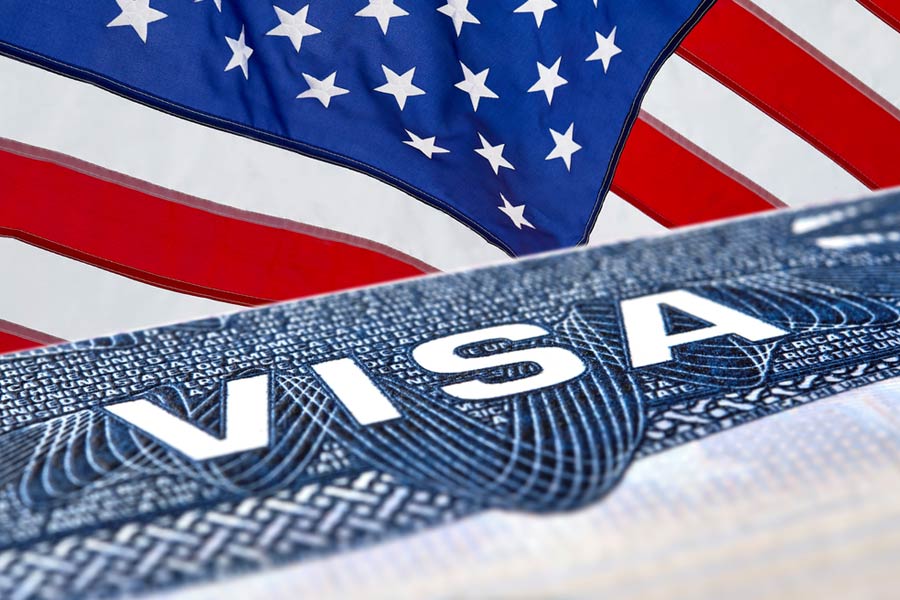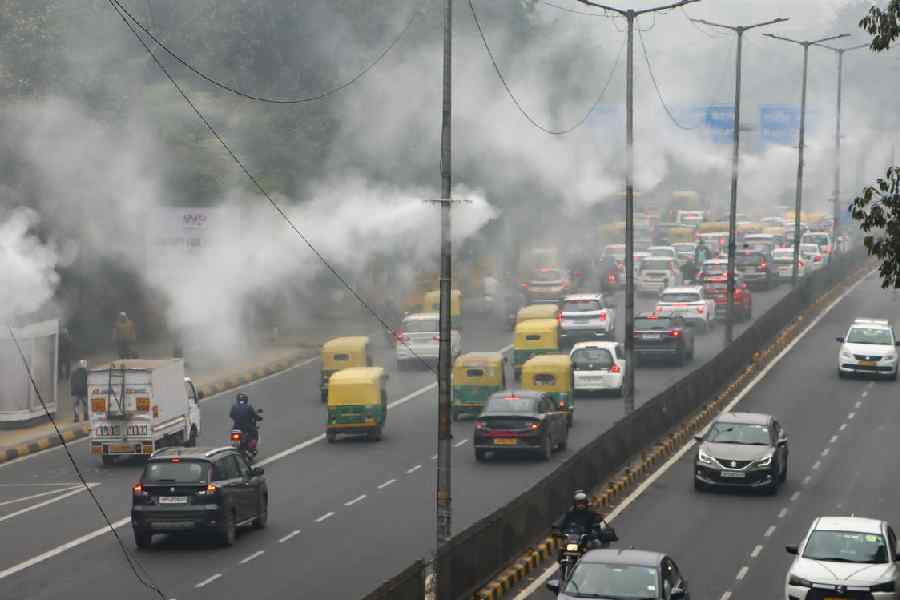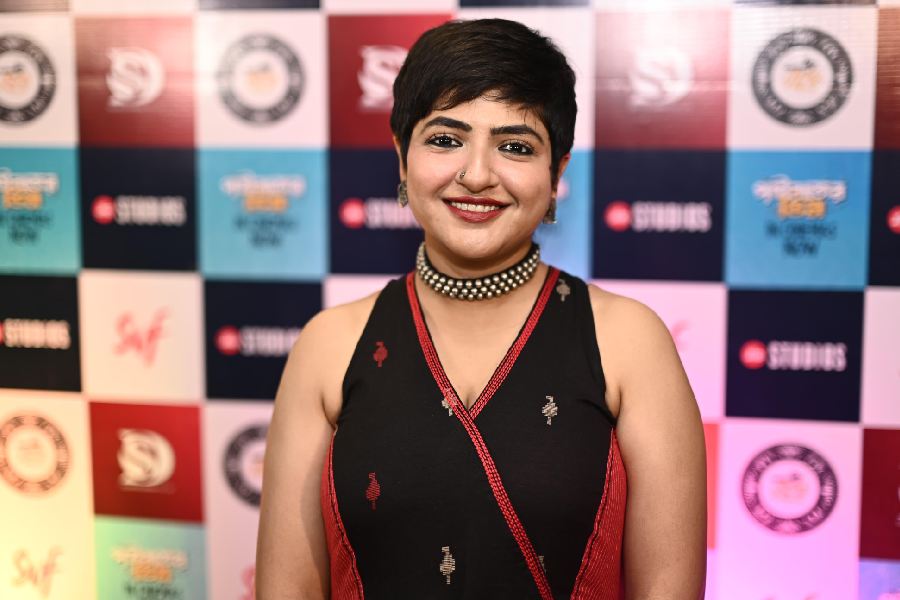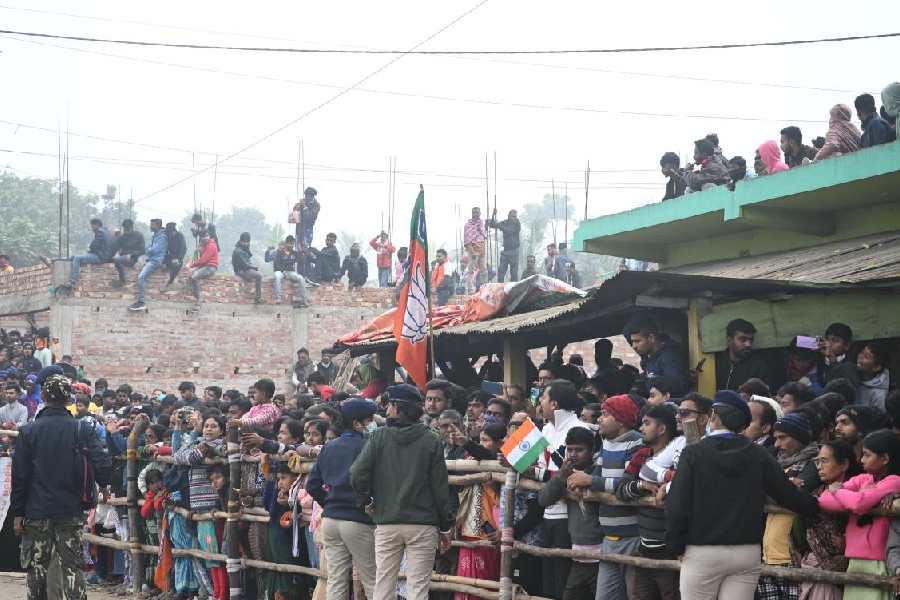 |
| Maalu Kariya (Fish curry) |
Whenever I think of Mahinda Rajapaksa I think of food. To tell you why, I’ll have to tell you about my first — and so far last — meeting with him many, many years ago. He was then still in the Opposition in Sri Lanka, and a close common friend, who was bringing us together, had told us right then that he was the man to keep an eye on. “He’ll be the Prime Minister one day,” he had said. And, of course, he was — and is now the President of Sri Lanka.
I was meeting him at a five-star hotel in Delhi. Our common friend, who runs a non-governmental organisation in India, had wanted his Sri Lankan buddy to meet his Indian friends, many of whom were journalists. He was not just the common link between the two groups but was hosting dinner as well, and we were looking forward to a full-bodied discussion on cricket and insurgency. And I, for one, had decided that I’d ask him some probing questions about Sri Lankan cuisine over a dish of plump prawns.
 |
| Brinjal Moju with baby onions |
We met him but the dinner never happened. We discussed everything but food — because it seemed impolite to talk about something that was not turning up at our table. Our common friend had got caught in a traffic jam on his way to Delhi from Dehradun, and couldn’t reach us in time for dinner.
You can brush me off as an armchair psychoanalyst but I think that’s the principal reason why I had been, for quite a while now, urging the executive chef of Kenilworth Hotel, Calcutta, to cook something Sri Lankan for me. Chef Mark Smith, after all, is from Sri Lanka, even though he has been working on different kinds of cuisines all through his life. I suppose — and Freud can say what he wants to — I wanted to break this unhappy vision of lack of food that conjured up in my mind every time I said Sri Lanka.
Now, at long last, the chef’s paid heed to my words. He has been offering foodies of Calcutta a taste of the cuisine of our southern neighbour — so beautiful and yet so traumatised. The food is a bit like our southern Indian fare — but very different. The use of dried Maldive fish flakes, for instance (even in vegetable dishes like bean curry), gives a sharp and salty touch to the food. Another spice that adds to Sri Lankan flavours is the gamboge — a dark mustard souring agent. This is used as a tenderiser, and helps give a tangy taste to a variety of dishes.
 |
| Pol Sambol (Coconut sambol with chilli, lime and onions) |
As in parts of the south, coconut milk is almost a must in most dishes — including in a brinjal and baby onion dish called brinjal moju and the maalu kariya, or the traditional fish curry. But the curry powder that goes into Sri Lankan food is different from the one we use in India. The ingredients are mostly the same — coriander, cardamom, cumin, pepper, cloves and so on — but the spices are roasted over a longer period, which give the food not just a robust colour but its strong flavours too. With water all around, water greens are used extensively in salads and vegetable dishes.
My favourite item of all time is the sambol — which my mother-in-law, who was in Sri Lanka briefly as a child, loved to prepare for us. This was a relish of freshly grated coconut tossed with chilli, lime and onions. The chilli flakes in the sambol made all the difference to the grated coconut. Chef Smith tells me chillies are used heavily in the food, which has influences that vary from Malay and Portuguese, to British and Anglo-Indian.
I have often wondered why there are no Sri Lankan restaurants in most parts of India. The chef believes that it is because India does not have a large Sri Lankan immigrant population anywhere apart from the south. Elsewhere in the world — in Melbourne, London, New York and a host of other cities where there is a large Sri Lankan community — restaurants serving the cuisine of the island nation are thriving.
I hope Sri Lankan food takes off in Calcutta too. The chef tells me that some of his specialities will be on the regular menu at Aromas, the hotel’s coffee shop. From a festival of food from Serendip to fare that forms a part of one’s regular meals — that, to my mind, would be serendipitous.
Kukul mas kariya (chicken curry) (serves 2)
 |
Ingredients:
• 400g chicken cut into pieces • 2 sliced onions • 2 chopped garlic cloves • 1-inch piece chopped ginger • 2 sliced green chillies ½ tsp turmeric • 2 tsp chilli powder • 1 piece of cinnamon • 2 cloves • 3 tsp Sri Lankan roasted curry powder (coriander, black pepper, cloves, cardamom, cinnamon, mace, nutmeg, cumin, sweet cumin) • salt to taste • 1 tsp tamarind pulp • 3 tbs coconut oil ¼ cup water • 1½ cups coconut milk
Method:
Heat the oil and fry the onion, garlic, ginger and chillies along with cloves and cinnamon. Add the chilli, turmeric and curry powders and fry well. Add the chicken pieces along with the tamarind pulp. Add salt and fry until the chicken’s well coated in the masala. Add water and cook until dry. Add coconut milk and allow it to simmer gently until the chicken is tender. Check the seasoning and serve.
Bonch kirata (mild green bean curry) (serves 2)
 |
Ingredients:
• 200g long beans sliced into 1½ inch pieces • 1 tsp Maldive fish flakes • 4 sliced green chillies • 1 chopped garlic clove • 1 sliced large onion ½ tsp fenugreek seeds ½ tsp turmeric • 1 cup coconut milk • 2 tbs coconut oil • juice of half a lime • salt to taste
Method:
Fry the onions, garlic and green chilli along with the fish flakes and fenugreek seeds in oil. Add the beans and fry for a minute. Add turmeric, salt and coconut milk and simmer until beans are done. Finish with lime. Check seasoning and serve.











